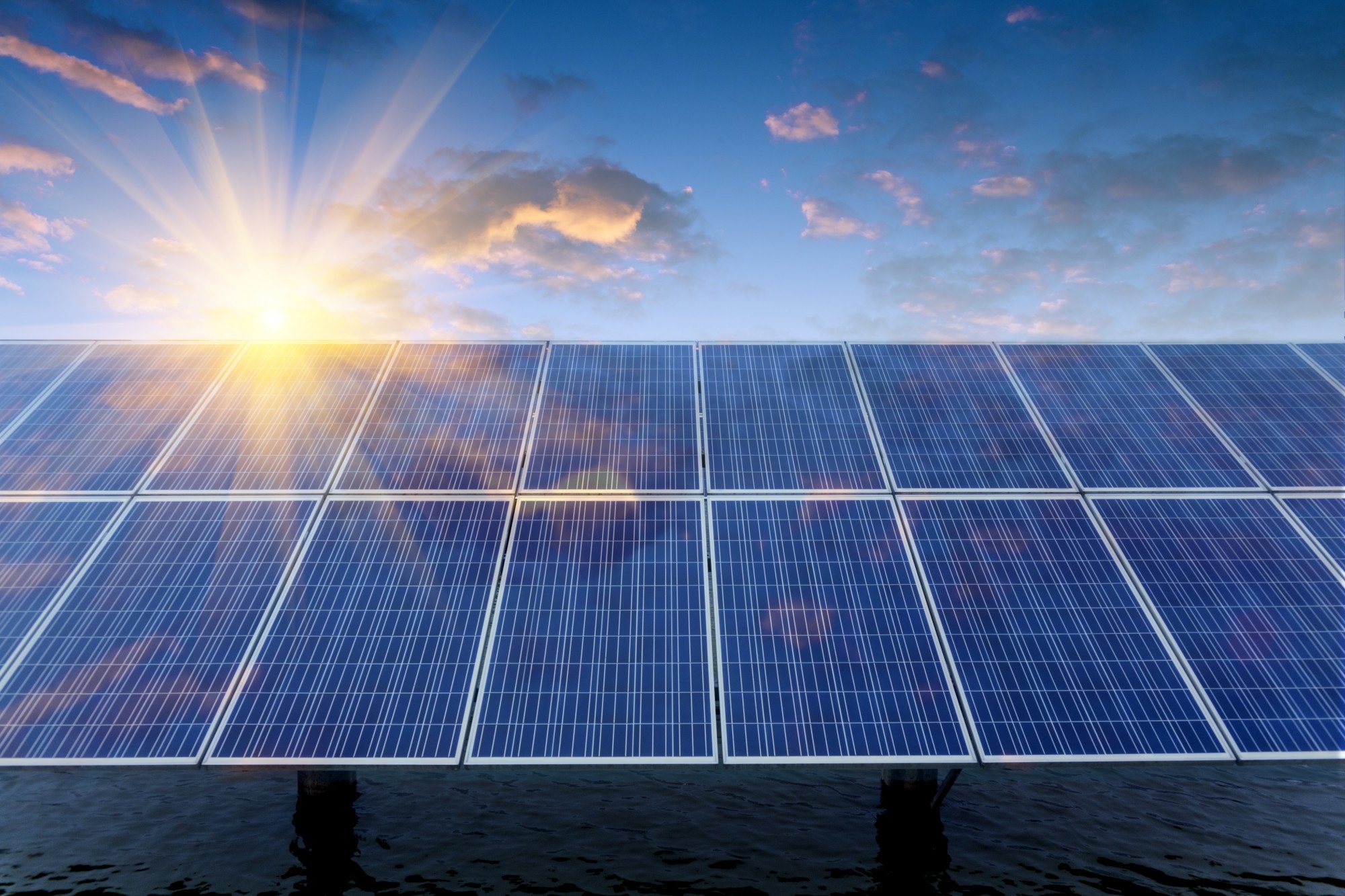Solar energy is a wonder of the modern world. It’s a way to power our lives using a resource that will never be exhausted, at least not for about five billion years.
As fascinating as solar energy is, though, most of us don’t really know how it works. We know that the sun produces heat and light and that somehow solar panels can convert that heat and light into something we can use. The question is, how is it converted?
We’ll talk about the whole solar energy process in the paragraphs below.
1. Photovoltaic Cells
The process of solar energy conversion occurs because of photovoltaic cells. As their name implies, photovoltaic cells are cells that convert light, photo in Latin, into energy.
This whole process occurs at the atomic level. Some atoms produce a charge using either electrons or protons.
Atoms with more protons produce a positive charge, while atoms with more electrons produce a negative charge. Atoms with opposite charges tend to attract, but it’s the act of separating them that produces electricity.
Photovoltaic cells function on this principle, by creating layers of opposite-charged elements so that the potential for electricity is there. Conductive materials are set up on the sides leading to wires that will transport the electricity that is created.
2. Light’s Role in the Solar Energy Process
You may be wondering how exactly the sun plays into this. We’ve already mentioned that electricity is the result of attracted particles being separated.
It’s the sunlight itself that does this. When it hits the solar panels it forces loose some of the electrons, which then go into the conductive materials and into the wires.
This movement of electrons is the same force that is responsible for magnetism. In fact, the creation of electricity is more or less just magnetism put to different use.
Once power is generated, it’s often stored in a solar generator. A solar generator stores energy in a battery so that it can be used as a backup power source.
If you’re looking for a good solar generator, we suggest looking into Powered Portable Solar.
3. Inverters and Currents
There are two types of electrical currents, known as alternating current (AC) and direct current (DC). The biggest difference between these two is how they affect the flow of electricity.
Direct current is simpler in concept. There is a positive pole and a negative pole, and the electrical current always goes from one to the other and never changes direction.
Alternating current, on the other hand, does change direction and does so rapidly. Depending on what region of the world you live in, alternating current may change direction 50-60 times every second.
In its raw form, solar power functions as a direct current but most places use a converter to switch it to alternating current. We tend to prefer alternating current because it’s much easier to control.
4. Transformers! Helping Us Not Die!
This brings us to a piece of equipment known as a transformer, and not the giant robot kind. You may have heard of transformers being referred to in connection with electrical poles.
The reason transformers are put on electrical poles is because transformers function to control the voltage of alternating current. Much like a filter, transformers limit the amount of electricity that goes towards commercial use, so now you can use your PS4 in total safety.
If the amount of electricity supplied to our homes was not limited we would be in serious danger. Our houses might catch fire or we could be fatally shocked doing otherwise mundane tasks.
Ironically, this same principle was used to discredit alternating current back when we were first trying to harness electricity. Around the turn of the century, two inventors, Nikola Tesla and Thomas Edison, were competing to sell their version of electricity to the world.
Edison championed direct current while Tesla supported alternating current. Since alternating current could be controlled without much trouble, Edison put on public displays where he purposely used to it to electrocute animals to death.
This gave alternating current a bad name, and now it is Edison who is credited with harnessing electricity. Despite Edison’s best efforts, people soon learned about the benefits of alternating current and now it’s used by most of the world.
5. A Note on Electricity and Energy
You’ve probably been warned at some point in your life about wasting electricity. The truth is a little more complicated than that.
Yes, you can use electricity when you don’t need to, and your power bill will go up because of it, but wasting electricity is a misnomer. Electricity is energy and energy can’t be destroyed or created.
Like matter, energy can only ever be converted. In terms of solar energy, it starts out as sunlight, which reacts with atomic particles and becomes electricity. Once we use the electricity, it then converts into another form, often heat or light.
If we could harness that heat or light, we could then convert it back to electricity and reuse it.
The Solar Energy Process and How it Works
The solar energy process can be quite complex, but it’s also fascinating. Solar energy goes through several different steps, from being absorbed into solar panels as light to knocking loose electrons to create electricity.
It is then converted from one type of current to another before being filtered and distributed to our neighborhoods and homes.
If you want to know more about technology and its various uses, please visit our site. Have you ever wanted to be a Twitch Streamer? We can give you some advice.



